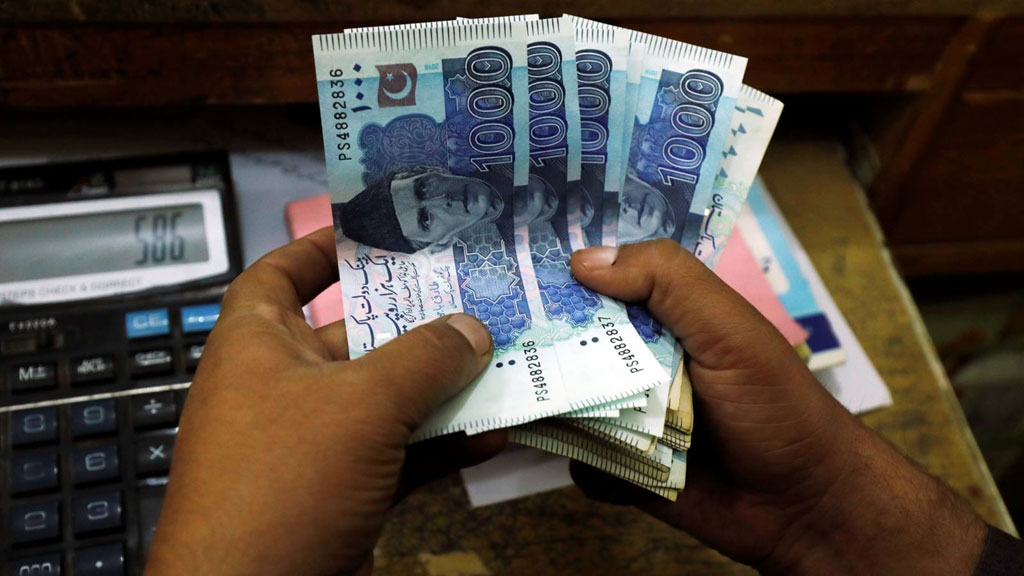 Power pricing has become a bane for the current government. Having inherited no less than Rs220 billion as prior year adjustments, at the beginning of 2019, more adjustments have made their ways to the final tariff – inviting criticism. The recent most uproar is based on the latest upward revision of Rs0.53 per unit, part of which is the periodic adjustment pertains to the third and fourth quarters, and the other half pertains to the indexation of distribution margins of distribution companies.
Power pricing has become a bane for the current government. Having inherited no less than Rs220 billion as prior year adjustments, at the beginning of 2019, more adjustments have made their ways to the final tariff – inviting criticism. The recent most uproar is based on the latest upward revision of Rs0.53 per unit, part of which is the periodic adjustment pertains to the third and fourth quarters, and the other half pertains to the indexation of distribution margins of distribution companies.
First things first. The periodic tariff adjustment to the tune of Rs33 billion or Rs0.3 per unit is one-third of the adjustment made in the first half of FY19. Recall that the previous two quarterly adjustments resulted in massive increase across all categories, as the shortfall was a staggering Rs189 billion, spread over 15 months, which required the unit price to go up by Rs1.5.
The government, keeping up with its policy of insulating the domestic consumers up to 300 units, had to cross subsidize, which resulted in an increase of Rs1.8 per unit or 15 percent for consumers across commercial and industrial categories. Not only that, but domestic consumers, using more than 300 units, were subject to only half the prescribed increase – and were charged Rs0.75 per unit additional, instead of Rs1.5 per unit.
Come September 2019, and the period adjustment is only one-third of the previous one, and should not be a challenge passing it on. The other increase with respect to the indexation of distribution margin is interim in nature, and could be revised once Nepra approves and adopts the recent power demand and price forecast report submitted by the CPPA.
What lies ahead is of paramount importance. The circular debt accumulation has undoubtedly slowed down, based on higher tariffs and improved collection. But a lot will depend on the quantum of upward increase in the upcoming base tariff for FY20, which is just around the corner. Nepra herself had observed in the report that the capacity payments for this year are slated to cross Rs950 billion, from Rs650 billion of last year. Not only this, but the current tariffs are also based on lower reference PPP, which has resulted in frequent instances of sizeable upwards increase in monthly FPAs.
Once the assumptions are revised, based on revised fuel mix, revised fuel prices, and most importantly, updated rupee dollar parity, the final picture would be very different from what it is. This is where the government will face the real test, in terms of managing the power prices. The government can ill-afford to dole out more in terms of subsidy for domestic power consumers. But it appears increasingly unlikely for the government to continue the practice of insulating 80 percent domestic consumers from any price increase. In case of unfunded subsidies arising in 2HFY20, expect the circular debt to rise again.






















Comments
Comments are closed.